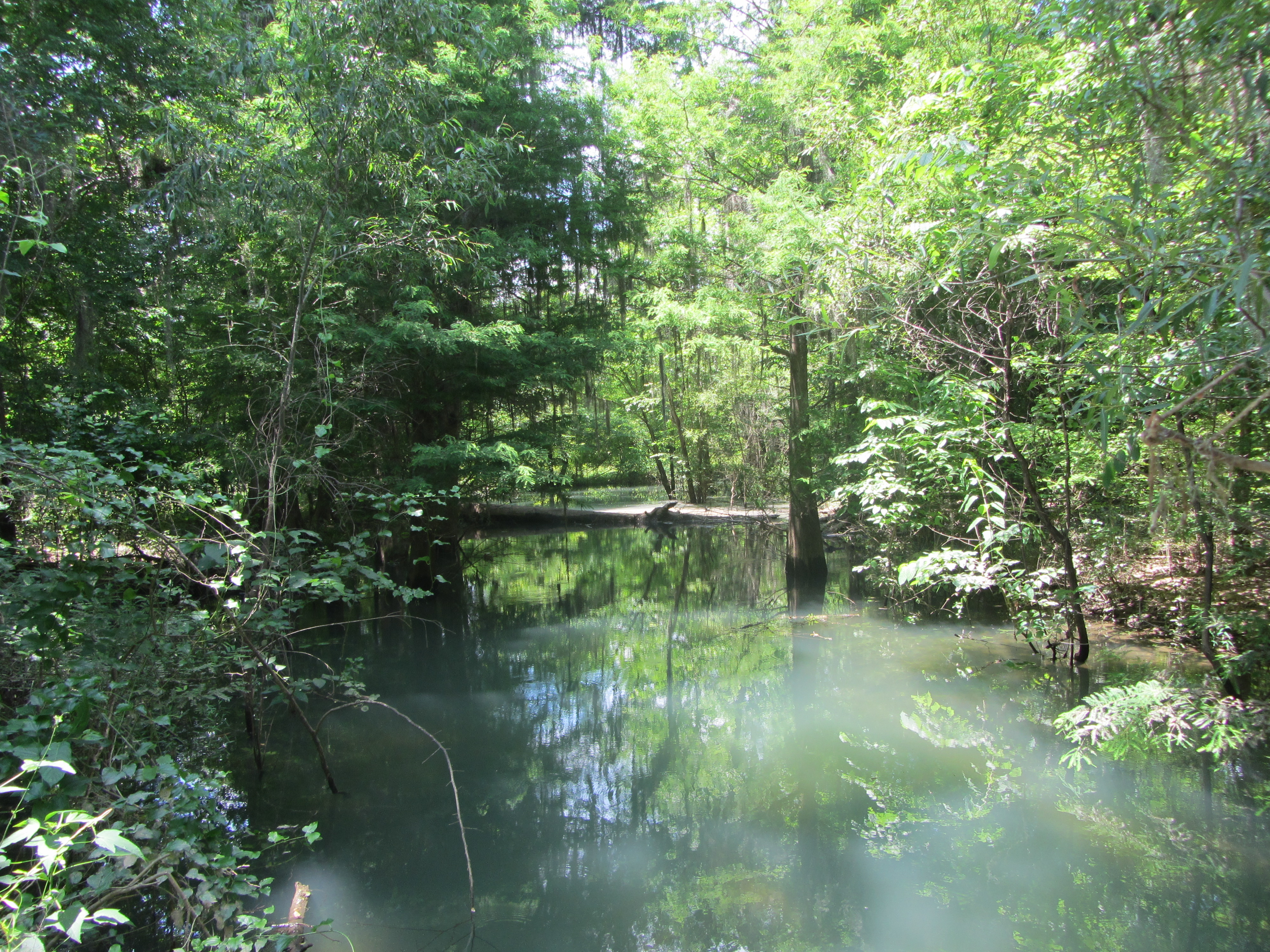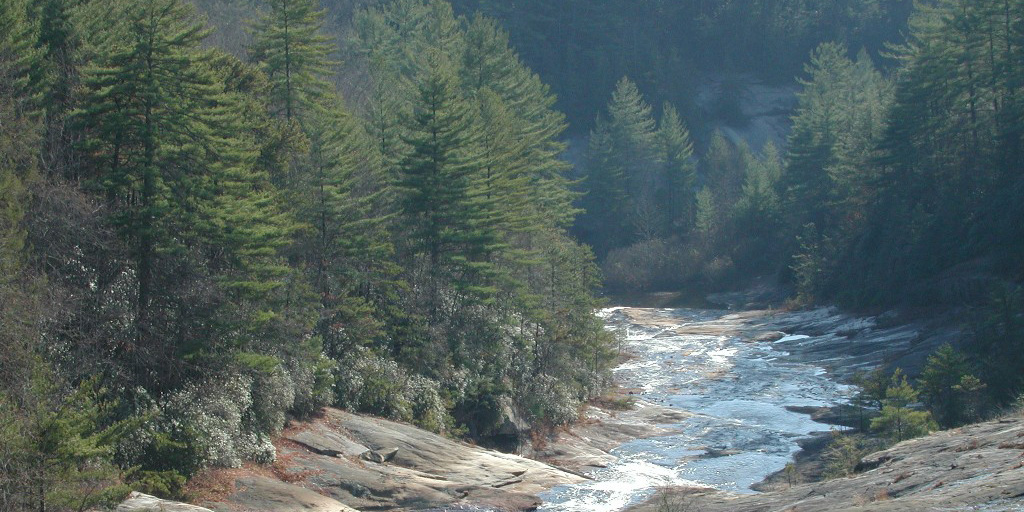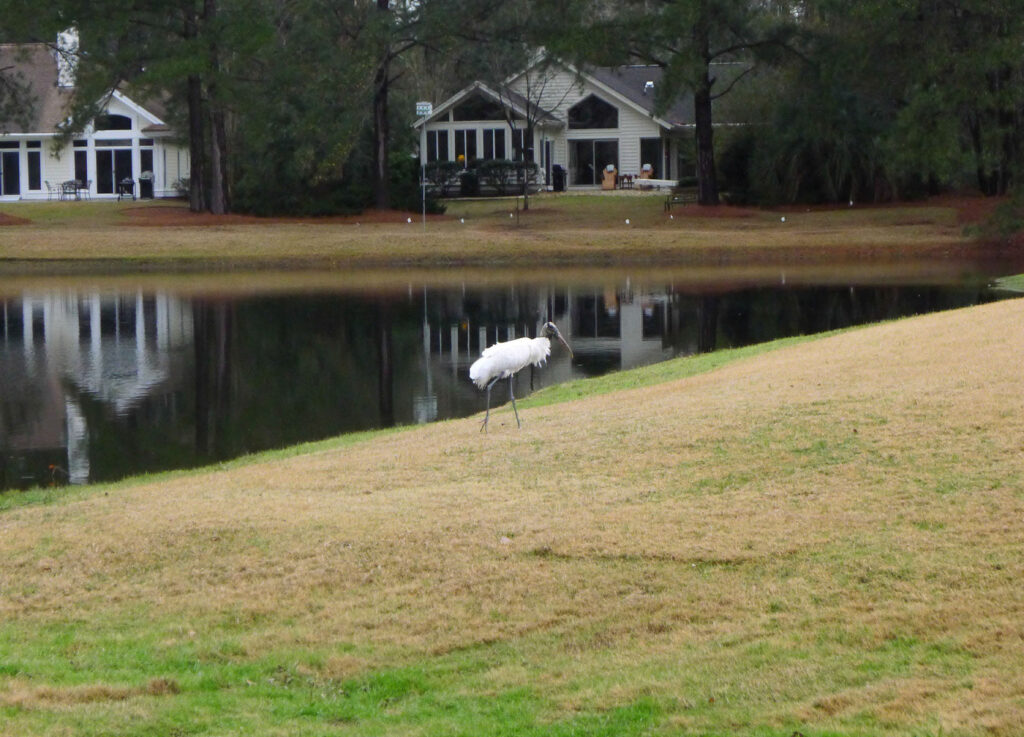March 21 marks the International Day of Forests, a holiday that was created by the UN in 2013 to bring awareness to the importance of all types of forests on our planet. This day comes before World Water Day on the calendar, as the two are intrinsically linked in an important relationship that sustains life and affects all aspect of our lives. Without forests, humans would not be here, and it is up to us to ensure their protection for years to come.

The Importance of Forests:
- Forests are a key source to clean breathable air: they pump out oxygen and absorb the CO2 that fuels global warming, which is stored in wood, leaves, and soil for centuries.
- Forests are home to nearly half of all known species (80% of land biodiversity).
- Forests are home to an estimated 60 million indigenous people who rely on forests for their livelihood and economic income.
- Forests have a cooling effect on the environment through evapotranspiration and shade, and urban trees help buildings stay cool and in turn reduce the need for fans or AC.
- Forests soak up surface runoff, such as stormwater that carries toxic chemicals like gasoline and lawn fertilizer, protecting ecosystems downstream.
- Forests act as windbreaks, protecting crops from wind by providing a buffer area.
- Forest roots prevent erosion.
- Forests provide plentiful food sources for animal and human consumption, such as fruit, nuts berries, seeds and sap.
- Forest products, such as paper, tissues, cosmetics, and medicines, are used in our daily lives. About 1% of the global GDP comes from timber production and non-timber products.
- Forests provide scenic views and allow us to interact with nature and enjoy recreational activities outside, such as hiking, biking, bird-watching, and exploring. The phenomenon known as “biophilia”—the attraction to forests—encourages mindfulness, creativity, an appreciation for nature, and it may even help us live longer.

The Current State of U.S. Forests:
- An increase in urbanization and deforestation has resulted in the loss of forests which provide vital habitat to a variety of species. This loss of habitat has had a direct influence on the decline of many species, and it can also lead to increased flooding and drought risk.
- The southeastern U.S. once consisted of a Long Leaf Pine Savannah, which supported over 200 species of plants and animals, and was maintained by frequent wild fire. Due to cropland conversion, logging, and urban development, only 3% of this native habitat remains, along with 29 species of concern or endangerment directly attributed to this loss of habitat.
- S. forests absorb emissions equivalent to 191 million cars in a given year.
- Industrial logging has increased in the Southeast, and the industry predicts that more biologically diverse and unprotected forests will be lost in the next decades.
- Currently, the U.S. South is the world’s largest exporter of wood pellets, which are considered a “renewable” alternative to coal, to Europe. However, U.S. Scientists warn that burning trees for electricity will accelerate climate change; it can take up to 100 years to recapture carbon that was burned from a tree.

Despite the fact that within the past 25 years, the world has lost forest area equivalent to the size of South Africa, the rate of net forest loss has dropped by 50 percent since 1990. However, that does not mean that we should stop fighting to protect our forests.

What we can do to Protect our Forests:
- Reuse and Recycle paper and paper products.
- Buy wood products that have been sustainably harvested or reclaimed.
- Only support brands with zero deforestation policies.
- Print less; use email and paperless sources instead, or if you have to print, print double sided.
- Use cloth napkins and reusable lunch boxes.
- Eat organic and local; organic and locally grown foods reduce the clearing of forest for agricultural lands.
- Buy products without paper packaging.
- Write to the U.S. Forest Service to show your support for recreational forest values.
- Support local conservation and environmental groups.
- Practice sustainable land management, such as controlled burns and replanting, as advised by a Forestry Manager.
- Conserve land and forests through Conservation Easements held by Land Trusts.
- Get outside and appreciate what needs to be protected; visit a local state or national park, but be sure to stay on the marked trails.
- Raise awareness, make smart consumer choices, and take action!




